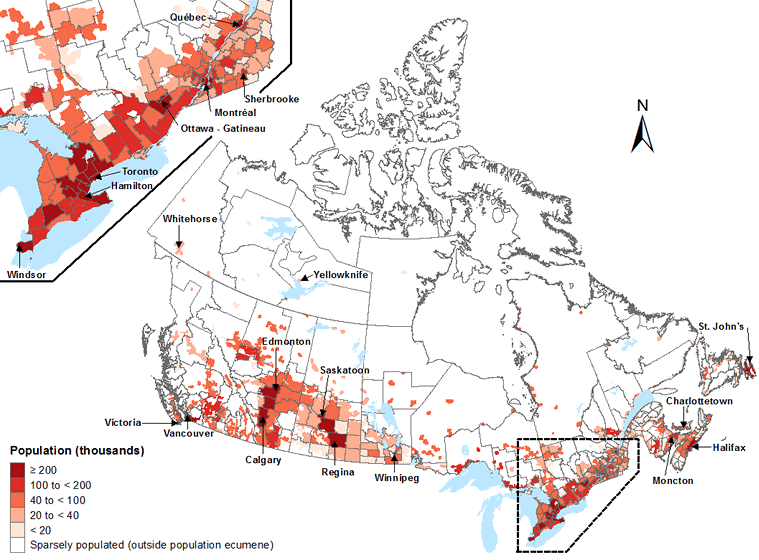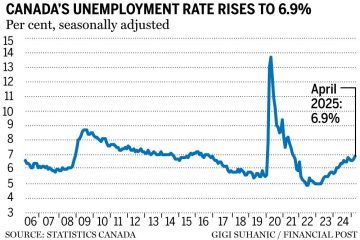Understanding Canada Population Trends in 2023

Introduction
The population of Canada has long been a point of interest for policymakers, economists, and sociologists. As of 2023, the Canadian population is estimated to reach approximately 39 million, marking a significant increase from previous years. Understanding the factors driving this growth is essential, as it poses both opportunities and challenges for the country’s economy, social structure, and healthcare system.
Recent Statistics and Growth Factors
According to Statistics Canada, the population growth rate has varied, with a notable acceleration post-pandemic. In 2022, Canada recorded its highest annual population growth since 1990 at 2.7%, primarily driven by immigration, natural increase, and an aging population. The country’s immigration policies have been crucial, welcoming over 400,000 new permanent residents annually since 2021. This influx is vital in compensating for a low birthrate and an aging demographic.
Furthermore, recent surveys indicate that urban centers such as Toronto, Vancouver, and Montreal are experiencing concentrated growth. Notably, demographics within these cities show a diverse multicultural population. This trend not only enriches the Canadian cultural landscape but also presents the government with the challenge of ensuring adequate housing, public services, and infrastructure.
Challenges of Population Growth
While a growing population can stimulate economic expansion, it also raises several challenges. Housing shortages have become a pressing issue, particularly in major cities, leading to increased prices and affordability concerns. Additionally, the pressures on healthcare and education systems have intensified, with the need for more facilities and professionals becoming imperative.
Conclusion and Future Outlook
The trajectory of Canada’s population will likely continue upward, influenced by both immigration and internal factors. As the country moves forward, it becomes essential for the government and stakeholders to address the challenges posed by rapid population growth. Policies focusing on sustainable development, housing affordability, and healthcare accessibility will be critical in managing the implications of this demographic shift. Understanding these dynamics will be crucial for citizens and policymakers alike as Canada prepares for the future.









